Somewhere far beyond the planets, where the Sun’s influence thins and the galaxy’s weather begins, two aging craft are eavesdropping on a cosmic choir. Those listeners – Voyager 1 and Voyager 2 – don’t hear with microphones; they sense ripples of charged particles and translate them into sound we can play through speakers. The result is eerie and astonishing, like wind over crystal or the creak of an ancient ship at night. The mystery is simple to state and thrilling to chase: what, exactly, are we hearing when seems to sing, and why do those songs change over time? That puzzle turns out to be the key to mapping a realm no human probe had ever reached when the first notes arrived.
The Hidden Clues
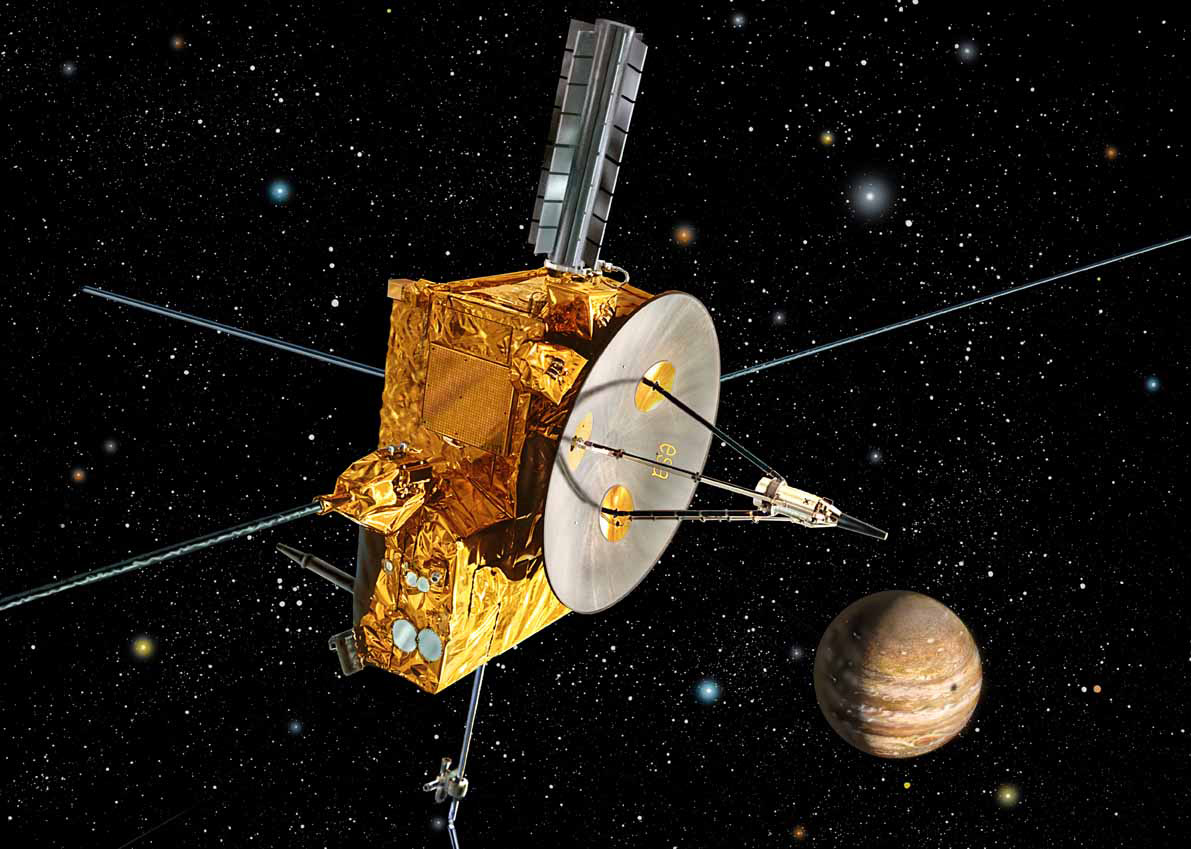
These “songs” are not the kind your ears would catch in itself; interstellar is far too rarified for ordinary sound waves to travel. Instead, the Voyagers detect plasma waves – oscillations in the thin sea of charged particles between the stars – and scientists convert those electrical fluctuations into audio frequencies. The trick reveals structure otherwise invisible: density swells, shock fronts, and subtle drifts in the interstellar medium that hint at its weather. When the Sun belches a powerful outburst, the disturbance can take months to years to reach the Voyagers, then ring the local plasma like tapping a glass. I remember hearing one of the converted clips in a cramped newsroom; it felt less like data and more like a message from a distant harbor.
Each tone encodes a clue to environment. A higher pitch often signals a denser plasma region, while softer, lower tones can reflect quiescent between those events. Over time, the collection of notes sketches a living map, the way a lighthouse keeper might log tides. Patterns emerge, not just isolated sounds – a chorus, not a whistle.
From Ancient Tools to Modern Science
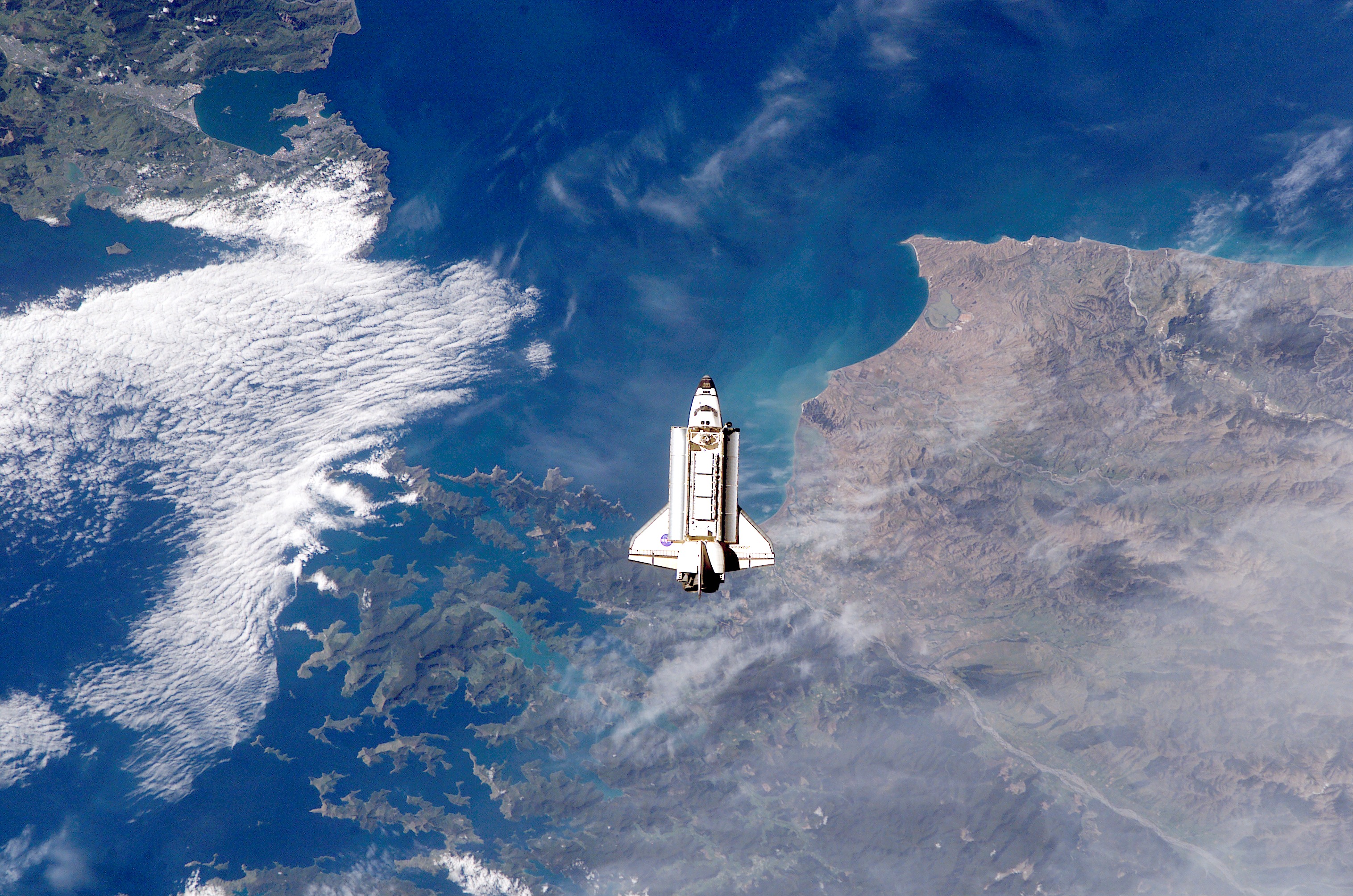
The idea of turning the unseen into something we can sense is old: sailors once dragged leads to feel for depth, and early radio pioneers listened to static to discover storms. Voyager’s music is the 21st‑century heir to that tradition, an elegant pairing of physics and intuition. The craft carry instruments that measure faint electric fields, and those measurements can be shifted into the audio range without losing their relationships. It’s like slowing a hummingbird’s wings on video so you can finally see the motion that was always there. What was once a squiggle on a chart becomes a texture you can recognize immediately.
This approach matters because our brains are built for patterns, not tables of numbers alone. Researchers can scan spectrograms, of course, but hearing the whine rising through a burst makes it obvious when a shock has passed. It complements the visuals, the way listening for a kettle helps confirm what your eyes already suspect. Sometimes the ear catches the anomaly first.
Tuning the Cosmic Radio: How Plasma Becomes Sound
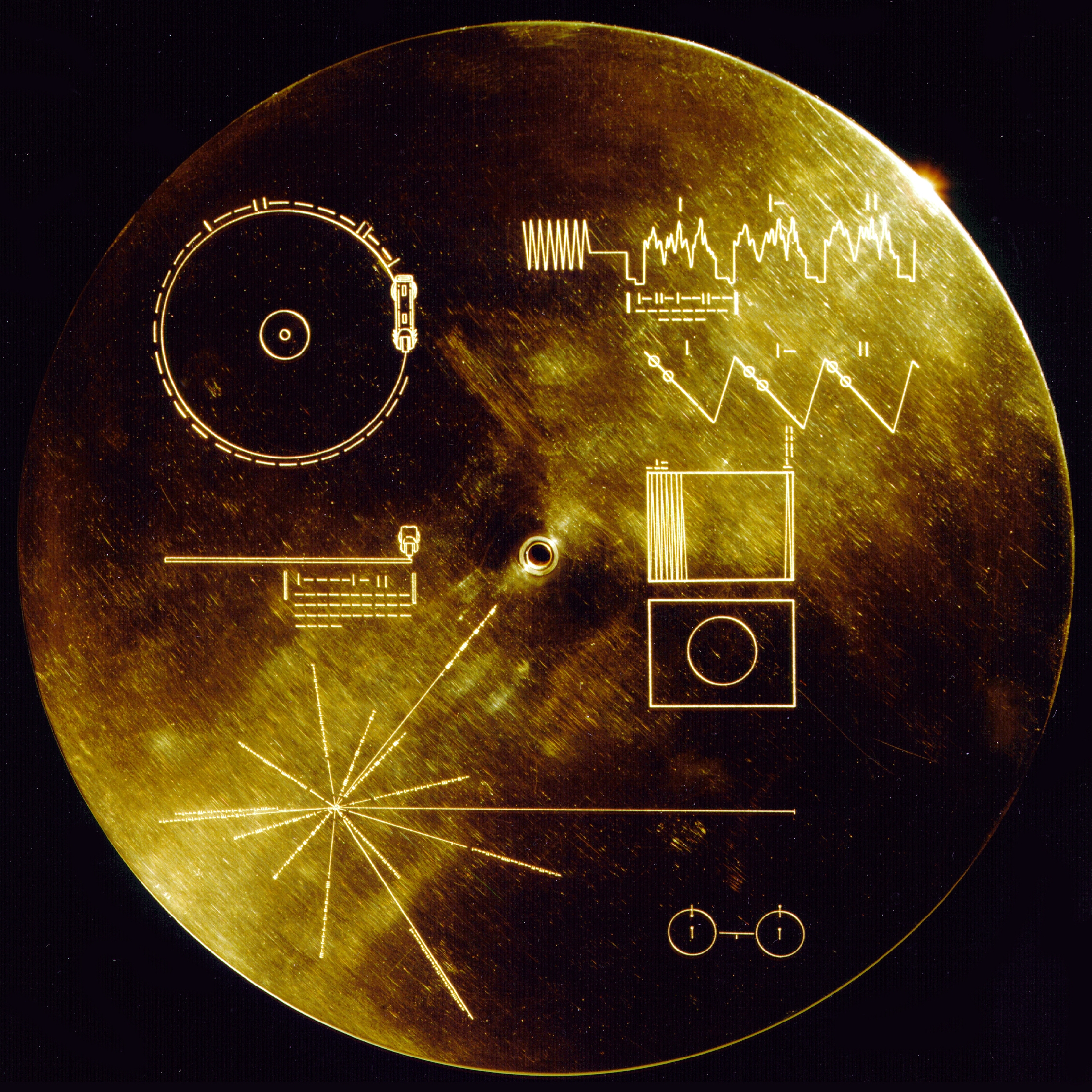
Voyager’s plasma wave system senses tiny voltage changes as electrons in the interstellar plasma oscillate. Those oscillations have natural frequencies tied to the local electron density; convert the signal and you get pitch. Engineers resample and sometimes compress the frequency range into something a laptop can play, preserving the relationships between peaks and valleys. The result lands within human hearing, like moving a mountain range into a handheld model without changing its shape. It’s data sonification with firm physical footing, not a musical makeover.
To ground the process, think of this simple chain: charged particles ripple, the antenna registers those ripples, onboard electronics and ground software capture the spectrum, and analysts map frequency to audible tone. Nothing mystical, just faithful translation from electric field to sound. When the pitch climbs smoothly, density likely rises; when it wobbles and fractures, a turbulent region may be passing. The between notes is as telling as the note itself.
- Higher audible pitch often corresponds to higher local electron density.
- Sustained tones can indicate a steady background “hum” of interstellar plasma.
- Sudden sweeps in pitch can mark shock fronts traveling outward from solar eruptions.
Inside the Voyager Instruments
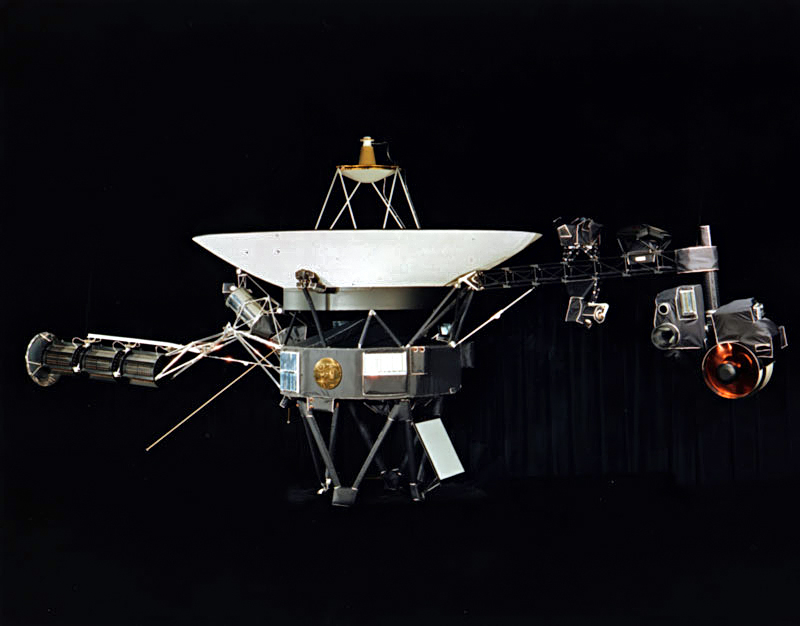
Each Voyager carries a pair of thin wire antennas and a plasma wave subsystem designed in an era when slide rules still haunted desks. The hardware listens between very low frequencies and tens of kilohertz, a sweet spot for plasma oscillations. Despite age and dwindling power from their radioisotope thermoelectric generators (RTGs), the instruments continue to deliver snapshots of their surroundings. Mission engineers constantly juggle power budgets, turning heaters and other systems on and off so the science can keep flowing. It’s a delicate ballet performed billions of miles from the nearest repair shop.
Survival matters because these are the only working ears in truly interstellar . Voyager 1 crossed the heliopause first, with Voyager 2 following later, and both now sample regions where the Sun’s magnetic bubble gives way to the galaxy’s domain. Their differing trajectories mean they hear different verses of the same cosmic song. Compare those tracks, and you start to separate what is local weather from what is the wider climate of the interstellar medium.
What the Songs Reveal About Interstellar
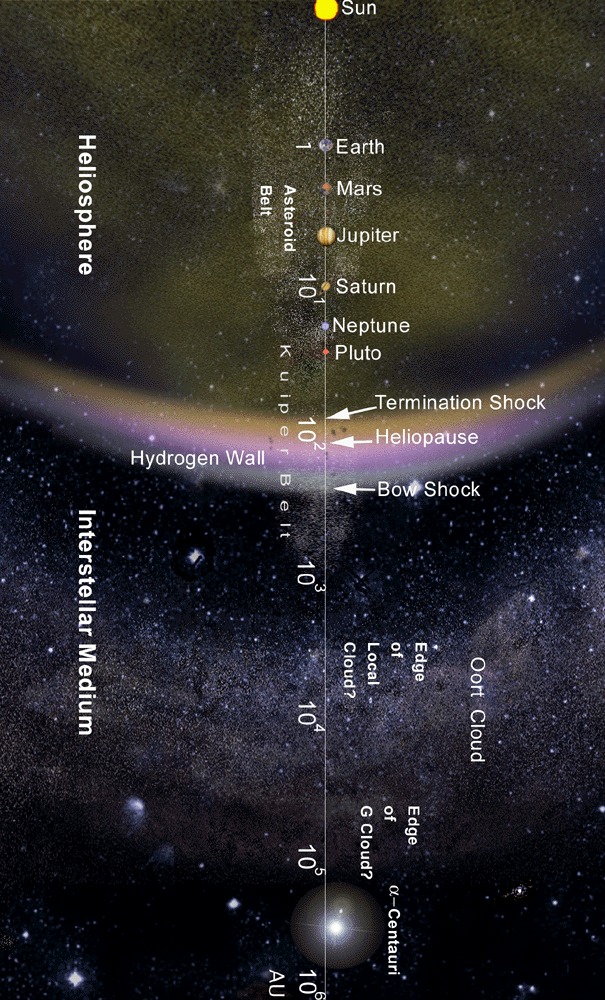
The audio tracks tell us the interstellar plasma is not uniform; it swells and thins, sometimes gently, sometimes abruptly. In some stretches, researchers have found a persistent, almost droning background, as if the medium carries a steady hum even when no obvious shock is passing. Then a solar outburst finally arrives and the pitch sweeps upward, announcing that electron density has jumped. This lets scientists estimate how far the solar disturbance has traveled and how the heliosphere’s boundary responds. It’s a long‑baseline experiment with a single instrument, a patience game measured in months and years.
Over multiple events, a pattern of stiff and supple regions emerges, hinting at how magnetic fields thread the plasma. The Voyagers effectively trace these lines by listening for the way waves carry and fade. That knowledge feeds models that predict how cosmic rays are modulated and how materials move through the galaxy’s thin gas. The songs become a weather report for a place that never had one.
Why It Matters

This research fills a gap that telescopes alone cannot close. Remote observations can image stars and dust and detect radio emissions from afar, but only an in‑situ instrument can feel the local plasma and report its immediate state. The sonified data sharpen our sense of scale, showing that the heliosphere’s edge is not a crisp shell but a dynamic, responsive boundary. That has consequences for understanding how our planetary neighborhood shields us from high‑energy particles and how weather evolves over great distances. It also sets a ground truth for theories built from remote sensing.
Compared with traditional charts, the converted audio adds a second channel of intuition. Hearing the sweep can flag an event even before a formal analysis is complete, guiding where to look in the archives. It’s a complement, not a replacement, the way weather radar and a wind chime together tell you a storm is near. And because the method is transparent – frequency linked to density – the insights are testable, not just pretty sounds.
The Future Landscape
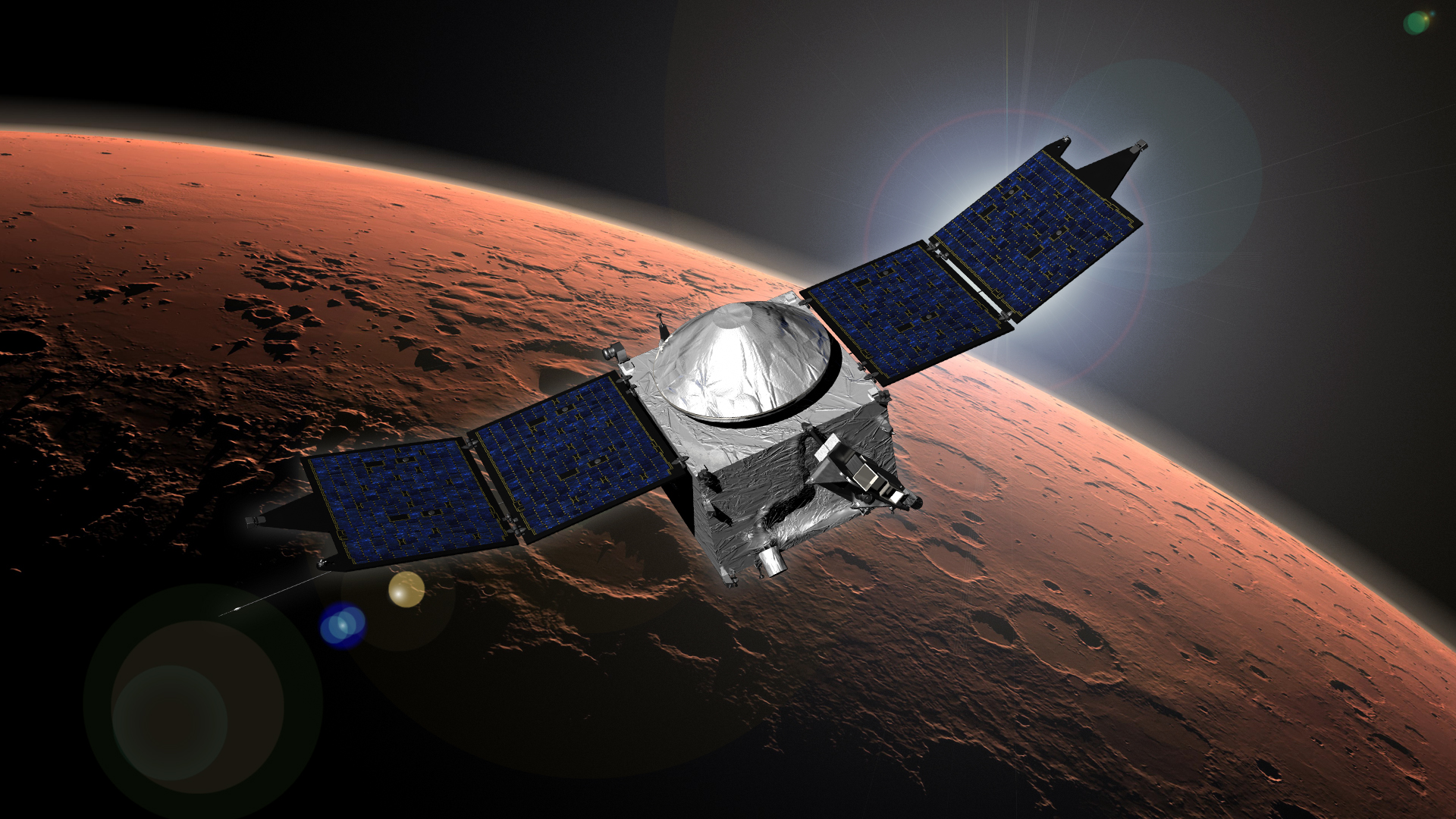
Keeping the Voyagers alive will get harder as their power supplies fade, which makes every new recording feel like borrowed time. Engineers have already devised clever workarounds to stretch the mission, and similar ingenuity will be needed to prioritize instruments and data rates. Looking ahead, planned and proposed missions could carry more sensitive plasma sensors and software built for real‑time sonification, turning a niche technique into a standard toolkit. Pair that with small, distributed probes and we could listen to interstellar from many locations at once, like placing microphones across a concert hall. The goal is not just longer notes, but a fuller score.
There are challenges: radiation‑hardened electronics, deep‑ communications, and the sheer patience required for outer‑heliosphere timelines. Yet the payoffs could be global, from better forecasts of particle radiation risks to improved models for how stellar winds carve bubbles across the galaxy. The next generation might even fuse sonification with machine learning to sift subtle patterns – letting the ear and the algorithm trade hints.
Global Perspectives

What makes these sounds special is how quickly they cross boundaries between disciplines and audiences. A plasma physicist hears dispersion and density; a composer hears texture; a student hears wonder and asks new questions. Museums and classrooms can play a thirty‑second clip and watch eyes widen, then pivot to talk about charged particles and magnetic fields with fresh momentum. The same audio that guides a research paper can anchor a planetarium show for families on a Saturday night. That dual life is rare and valuable.
International teams already analyze the data, and future missions from multiple agencies could expand the listening network. Shared archives mean a graduate student in one country can compare events seen by probes launched by another. The science benefits, and so does the public imagination, which thrives on collaborative stories that reach beyond borders. The galaxy is everyone’s backyard, and these songs make that feel real.
Conclusion
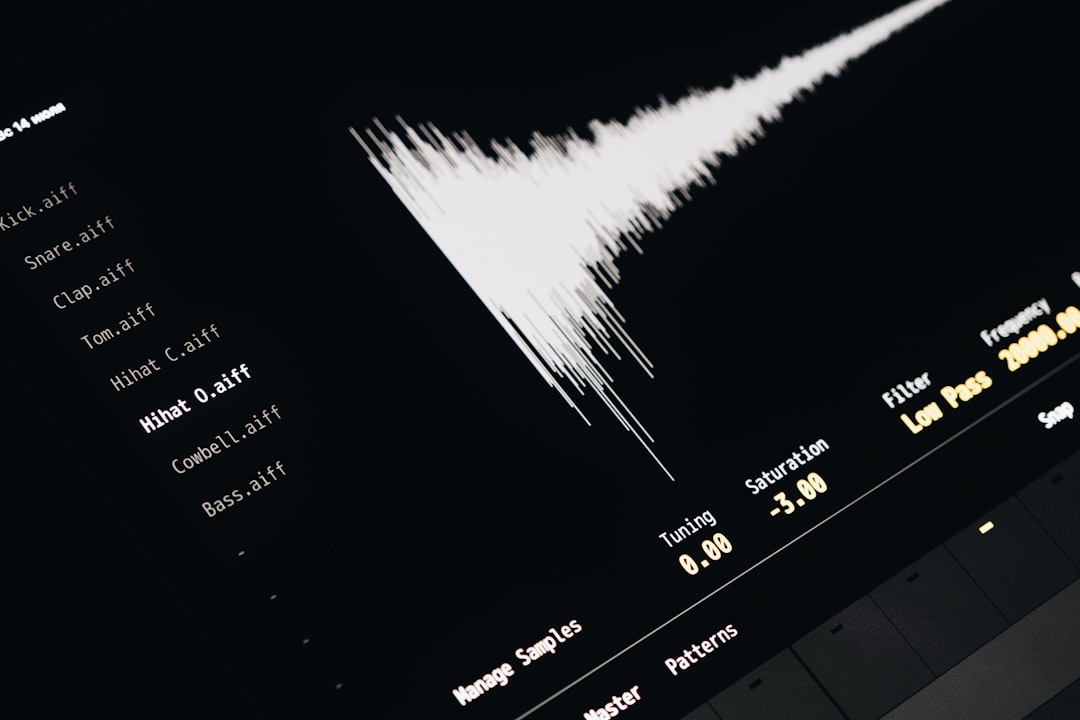
You can dive in today by exploring mission galleries where the audio files live and by sharing them with kids, teachers, or friends who haven’t heard “speak” before. Consider supporting organizations that advance deep‑ exploration and STEM education, because sustained funding and curiosity are what keep instruments alive long after launch day fades. If you’re an educator, build a simple lesson: play a clip, show a spectrogram, and ask students to sketch what they think happened in the plasma, then compare with the data.
Hobbyists can experiment with open‑source tools to sonify other datasets, from seismic tremors to Earth’s own ionospheric waves, extending the same method across domains. The more ears we bring to this, the richer the science becomes – what pattern will you hear first?

Suhail Ahmed is a passionate digital professional and nature enthusiast with over 8 years of experience in content strategy, SEO, web development, and digital operations. Alongside his freelance journey, Suhail actively contributes to nature and wildlife platforms like Discover Wildlife, where he channels his curiosity for the planet into engaging, educational storytelling.
With a strong background in managing digital ecosystems — from ecommerce stores and WordPress websites to social media and automation — Suhail merges technical precision with creative insight. His content reflects a rare balance: SEO-friendly yet deeply human, data-informed yet emotionally resonant.
Driven by a love for discovery and storytelling, Suhail believes in using digital platforms to amplify causes that matter — especially those protecting Earth’s biodiversity and inspiring sustainable living. Whether he’s managing online projects or crafting wildlife content, his goal remains the same: to inform, inspire, and leave a positive digital footprint.




